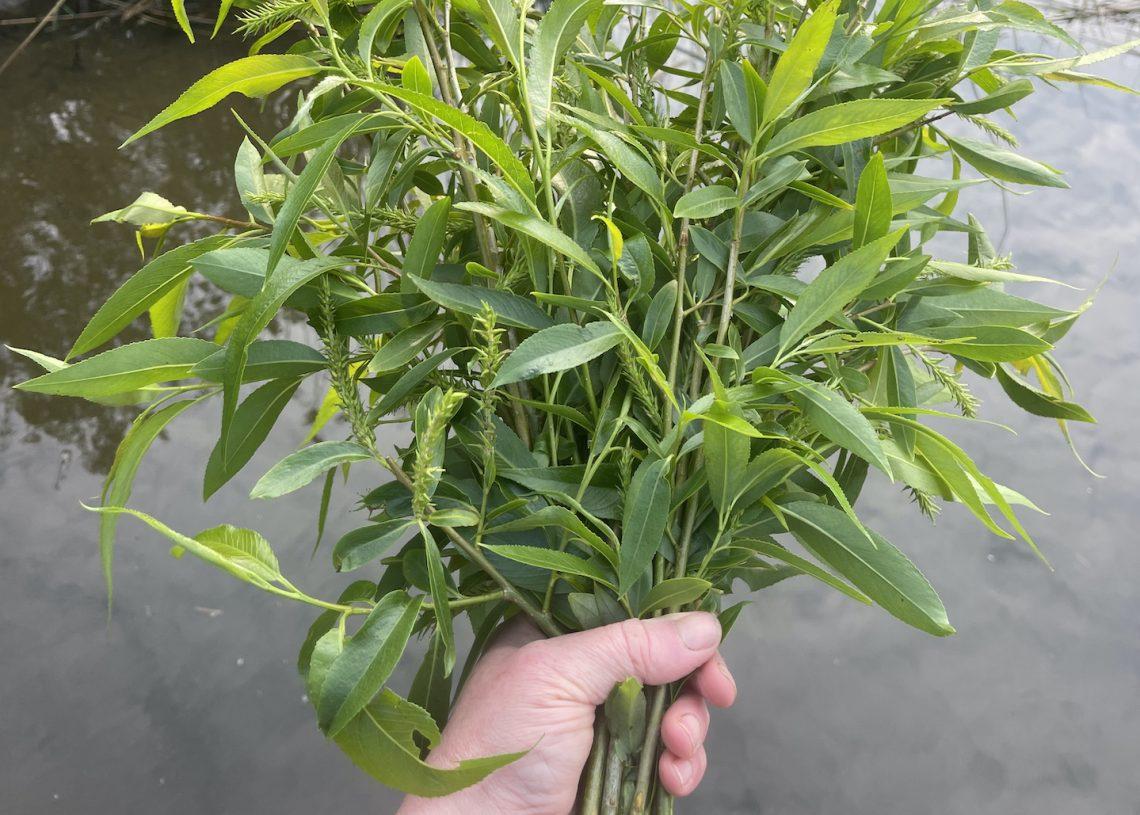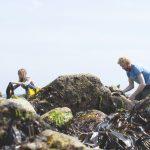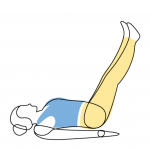
How to make a sauna whisk
Boost circulation in your skin and send sweet fragrance into the air with a sauna whisk, which you can make with birch or willow twigs this time of year.
It’s midsummer and the trees are verdant with fresh leaves in their full mature size. If you want to do more than just sit and steam in a waterside sauna, now is the time to think about a sauna whisk.
What is a sauna whisk?
Sauna whisks have centuries of heritage. The first written record of them is thought to be ‘wicht’ written in Estonian in the 13th century. A bundle of the leafy ends of branches bound together, a sauna whisk is used to tap and brush the skin, boosting circulation. Sauna whisks are not for sharing, you should have your own personal one and midsummer is the best time to make them.
Birch is the most widely used tree for sauna whisks. It is considered to be fragrant in sauna heat, but this is more characteristic of downy birch (Betula pubescens) than silver birch (Betula pendula). Both of these grow in Britain and Ireland, with downy birch being a little more common in cooler areas.
In eastern North America, sweet birch (Betula lenta) is worth seeking out for its wintergreen fragrance. Other deciduous trees such as oak, linden and willow can be used too.
How to make a sauna whisk
Line up the tips of the twigs, bind them together in a bundle that fits your handgrip, and trim the length off the ends so it is about as long as your arm from wrist to shoulder. Sauna whisks can be used fresh – firmly tap or use gentle brushing motions on the skin. Hang the whisk in am airy and shaded area, then remember to soak it in water for half an hour before you use it again. It’s a good idea to make a few to last through to next year, because they do wear out.








